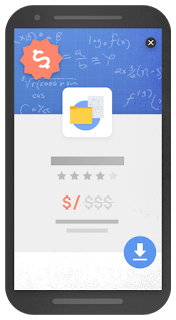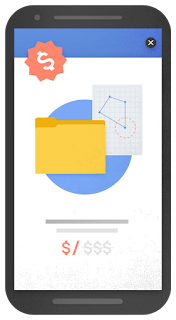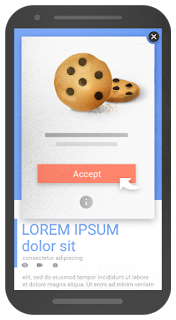Which is Better: Paid or Organic Search?
[fusion_builder_container hundred_percent=”no” equal_height_columns=”no” hide_on_mobile=”small-visibility,medium-visibility,large-visibility” background_position=”center center” background_repeat=”no-repeat” fade=”no” background_parallax=”none” parallax_speed=”0.3″ video_aspect_ratio=”16:9″ video_loop=”yes” video_mute=”yes” overlay_opacity=”0.5″ border_style=”solid”][fusion_builder_row][fusion_builder_column type=”1_1″ layout=”1_1″ background_position=”left top” background_color=”” border_size=”” border_color=”” border_style=”solid” border_position=”all” spacing=”yes” background_image=”” background_repeat=”no-repeat” padding=”” margin_top=”0px” margin_bottom=”0px” class=”” id=”” animation_type=”” animation_speed=”0.3″ animation_direction=”left” hide_on_mobile=”small-visibility,medium-visibility,large-visibility” center_content=”no” last=”no” min_height=”” hover_type=”none” link=””][fusion_text]
Digital marketers have long debated these two search channels in an effort to once and for all prove one as the true victor when it comes to measurable results. However, this comparison is not as simple as it seems. Much like comparing apples to oranges, these two channels are incredibly different from one another.
Organic:
Organic search results typically have a much higher conversion rate, and higher key metrics in general, associated with them when compared to paid search results. Organic results are also 100% free, and who doesn’t love free advertising? At a glance, these well performing statistics may suggest that organic is a better channel than search, but that is not necessarily the case.
Paid:
The paid search channel is always the first listed when a consumer conducts a Google search. Google also continues to improve upon its search by providing an obvious preference to paid advertisements rather than organic listings. This was made clear last year when the search giant added a fourth paid advertisement listing in every query. Unfortunately, these prime positions come at a price.
Despite the cost associated with paid listings, many advertisers utilize them to gain the most recognition from a potential customer. This form of advertising is most helpful for companies that are trying to gain awareness of their brand.
Conclusion:
There is no clear and definite winner. Paid and organic search channels each have their own unique strengths and weaknesses, but to only choose one of them in any marketing strategy is a weakness in itself. Digital marketers need to realize the full potential of every marketing opportunity and what they mean collectively for the company’s success.
If your business is limiting itself in its number of channels, then there is no doubt that it is also limiting itself in the number of potential customers it can reach. The key to the relationship between paid and organic search is that they are best when implemented together.
[/fusion_text][/fusion_builder_column][/fusion_builder_row][/fusion_builder_container]







